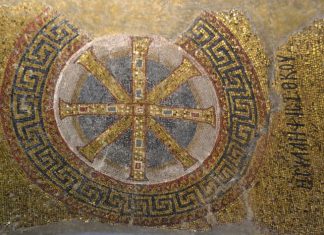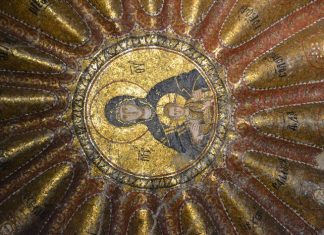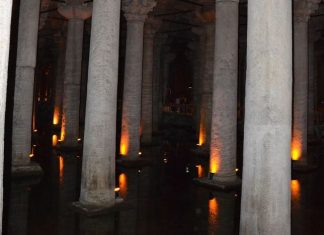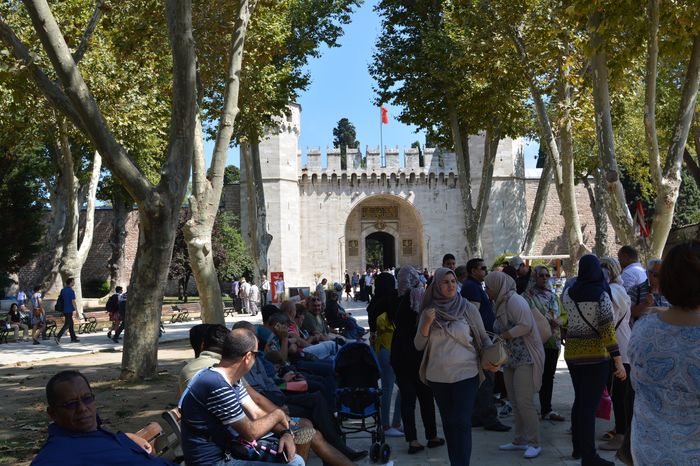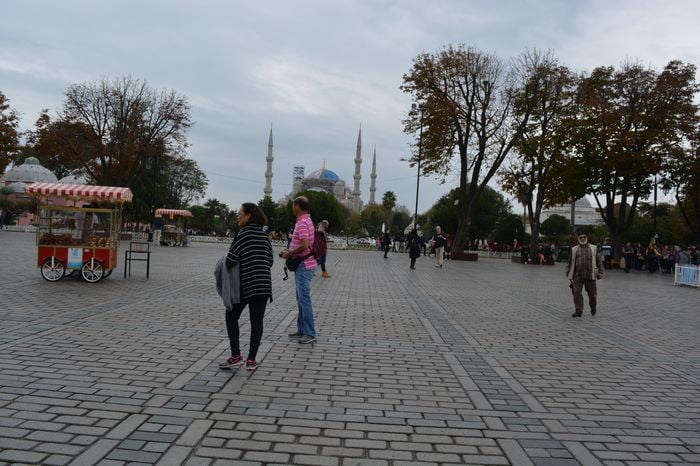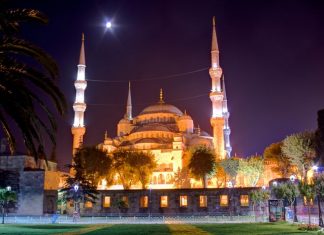Discovering Turkey’s Naval Museum
Turkey’s Naval Museum stands as a testament to the country’s rich maritime heritage. With a vast collection of nearly 20,000 artifacts, it ranks among...
Exploring Ottoman-Era Monuments in Istanbul
Oskudar A Glimpse into Ottoman Majesty
Oskudar, a residential district thriving during the Ottoman era, serves as one of Istanbul’s key centers for Ottoman-era monuments....
Exploring the History of Zeyrek Church Mosque
Zeyrek Church Mosque, situated in the Zeyrek neighborhood, derives its name from its location. Built during the Byzantine era between 1124 and 1137, it...
None other than Constantine
Owing to my oratorical skill, I was introduced at court and became secretary to the reigning emperor, none other than Constantine, head of the...
The kind of persons historians record
Having thus given a brief outline of the man, I will now proceed to a fuller description and fill in the details, as I...
Constantine X
Constantine X 1059 – 1067
Constantine Ducas Ruled the Roman Empire for Seven Years**230
I will abbreviate my account of this emperor as far as is...
